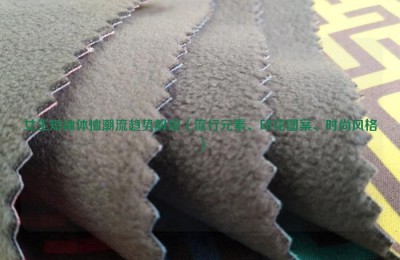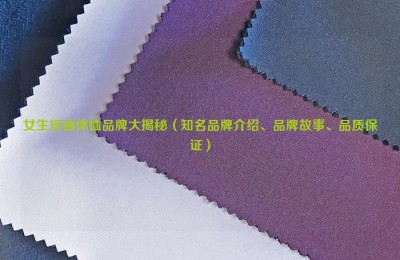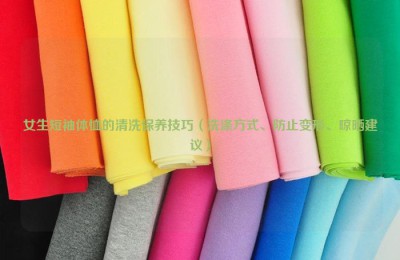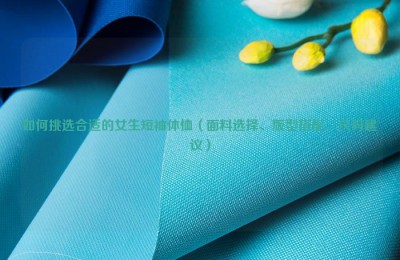According to foreign news, the Indian Textile Enterprises Federation (ITF) submitted an application to the European Union Ministry of Commerce, suggesting that the rules of origin be adjusted and that Indian clothing using Indian origin yarn and textiles be treated differently, mainly due to the recent two India’s clothing imports from Bangladesh have grown rapidly in 2018, which is actually indirectly helping China’s textile exports to India.
According to statistics, India’s clothing imports from Bangladesh increased by 27.8% and 17% year-on-year respectively in fiscal year 2015 and 2016. Due to the slowdown in India’s overall imports, India’s clothing imports from Bangladesh in fiscal year 2017 decreased by 2.7% year-on-year. Under the premise that the market situation is stable, India’s clothing imports from Bangladesh are expected to resume growth in 2018.
The ITF delegation stated in talks with the EU Ministry of Commerce that since Bangladesh does not produce many textiles domestically, India’s duty-free import of clothing from Bangladesh indirectly helps China’s textile consumption, which is detrimental to India’s domestic textile value chain. , therefore, the use of yarns and textiles originating in India will be made a mandatory requirement in duty-free market access to Bangladesh and other underdeveloped countries.
India is not the first country to allow duty-free import of clothing. Previously, the U.S.-North American Free Trade Agreement (NAFTA) implemented duty-free imports of clothing from Mexico and other NAFTA member states; the ASEAN-Japan Free Trade Agreement stipulates that ASEAN clothing exporters can use textiles and other raw materials produced in Japan or other ASEAN countries. , to take advantage of the preferential trade system. (Title: India may tighten regulations on duty-free imported clothing)
AAAFNJKIYO9P






